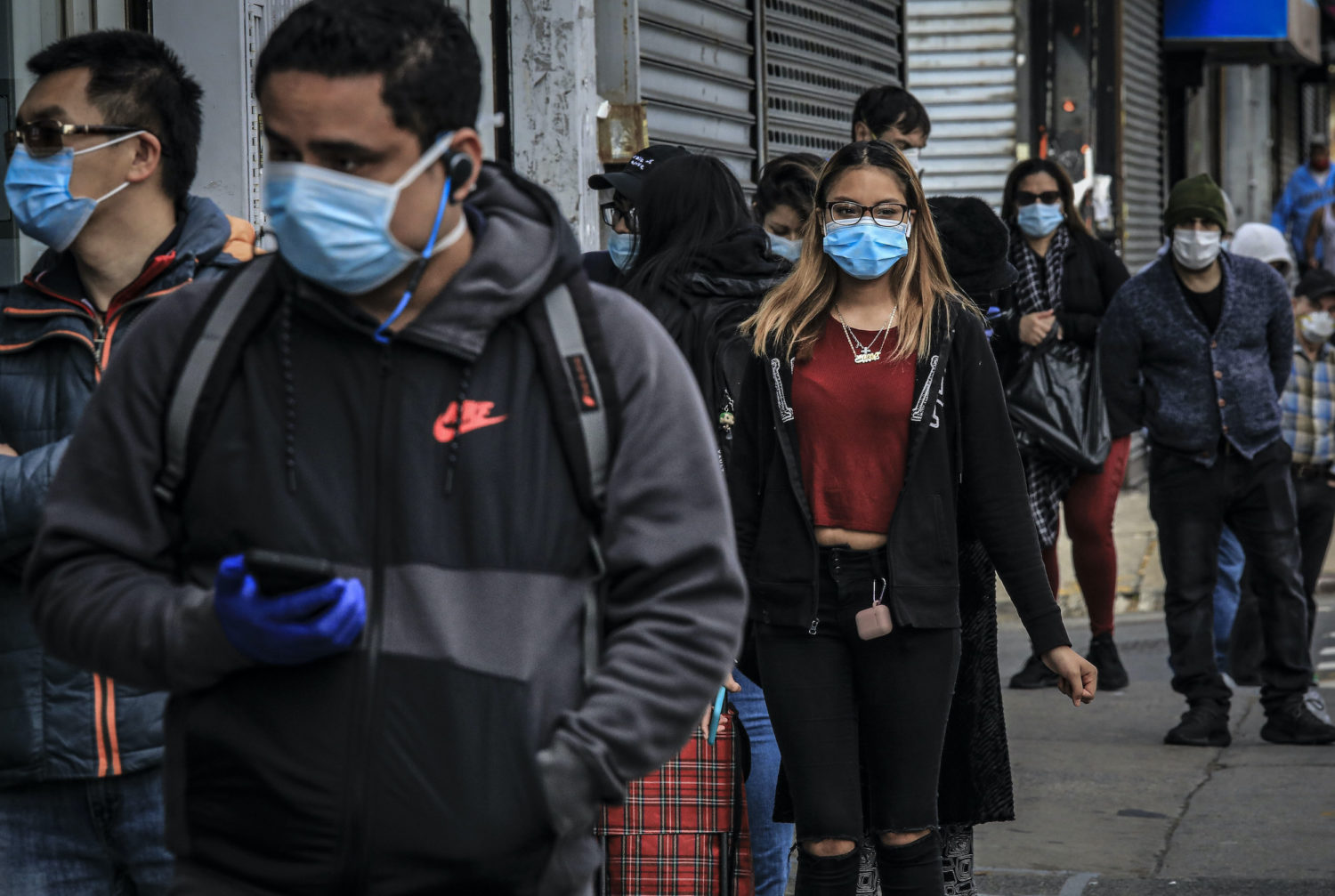In New Jersey, a Black small business owner struggles to survive financially after the coronavirus pandemic shut down her Lego classes for kids, her husband died of COVID-19 and she tested positive for the virus. In a small south Georgia town, a big family funeral for a retired janitor led to a big outbreak of the virus in a county that in March led the state in virus deaths, and most of those who died were Black. In Nebraska, Iowa and elsewhere, thousands of low-paid Hispanic workers in meat processing plants became ill with the virus.
As the nation grapples with an unprecedented combination of simultaneous challenges, the coronavirus affects every corner of public and private life. Yet the weight of those risks and the deadly consequences fall far more heavily on Black and Hispanic Americans, families living in poverty and workers in some of the lowest-paid, labor-intensive jobs.
Several months into the pandemic, the toll is clear. Black and Hispanic people are nearly twice as likely as white people to die from the virus and three times as likely to become infected, The New York Times reported this week. While Black residents are 13% of the U.S. population, they account for 23% of the COVID-19 deaths. In about 30 states, Black residents account for a greater share of COVID-19 deaths than their share of the population.
The infection rate among Hispanics has skyrocketed, exceeding the rate among other racial and ethnic minorities. In fact, the hospitalization rate for the virus for both Black and Hispanic residents is more than four times the rate for white residents.
If anything, the virus’ disproportionate impact on racial and ethnic minorities is understated because of spotty reporting. As Politico reported in June, more than half of all coronavirus cases in the nation are missing information about race or ethnicity. Some states are better at compiling the information than others. For example, Texas had no racial or ethnic information on seven out of 10 coronavirus deaths. Yet states such as California and Florida had that information for more than nine out of 10 deaths. A more complete picture should emerge later this year: A Trump administration rule that takes effect Aug. 1 will require all states to report race and ethnicity information on everyone tested for the virus to the Centers for Disease Control and Prevention.
That picture won’t be pretty. With the rate of positive virus cases increasing in a significant number of states even as the number of tests increases, journalists should be prepared to track the pandemic’s discriminatory effects for the long haul. In a half-dozen states, the seven-day average of new cases increased in June even as the average number of daily tests being conducted has declined.
With a grant from the Rita Allen Foundation, the Poynter Institute is enhancing its commitment to help journalists and other analysts cover the pandemic. The grant will enable us to report and present stories about the disproportionate impact of the virus on people of color, Americans living in poverty and other vulnerable groups. This work will include offering tips and resources to journalists covering their local communities, publishing original columns and stories that anyone can republish, and highlighting some of the good work that already has been done.
Our focus will be on journalism, reported locally, that illuminates the pandemic in virtually every corner of the country. A few examples:
- A community health center outside San Francisco that provides care to African Americans struggles to survive during the pandemic, reported by Kaiser Health News.
- Longtime Black-owned businesses, from dry cleaners to sign companies, try to keep the doors open and reflect a national trend, reported by the Pittsburgh Post-Gazette.
- Massachusetts General and other care providers geared up to meet the health care needs in a Hispanic community that has been a hot spot for the virus, reported by The Boston Globe.
- South Florida farmworkers, already living in cramped conditions that helped spread the virus there, feared long bus rides north to pick more crops, reported by The New York Times.
- Most Black and Hispanic residents say they are not as eager to reopen the economy as white residents because of concerns about the spread of the virus, according to polling and other reporting by FiveThirtyEight.com.
As the coronavirus pandemic intersects with an economic recession and a raw reckoning on racial and social injustice, there is the potential to be overwhelmed by the moment. The temptation is to focus on the story of the day, listen to the loudest voices or become buried in data.
But there also is an opportunity for journalists to combine undeniable trend lines with voices of Black and Hispanic residents and of low-income families of all races and ethnicities who are enduring more than their share of the burden. The result should be richly reported stories revealing a more complete picture of the impact of the pandemic on those Americans who are too often ignored — and that empower all citizens by providing the information they need to help their communities successfully navigate this unprecedented challenge.
Tim Nickens recently retired as editor of editorials for the Tampa Bay Times. He and a colleague won the 2013 Pulitzer Prize for editorial writing that successfully persuaded Pinellas County to resume adding fluoride to drinking water. The decision to stop fluoridation was a health risk to the poor and those without access to dental care.






